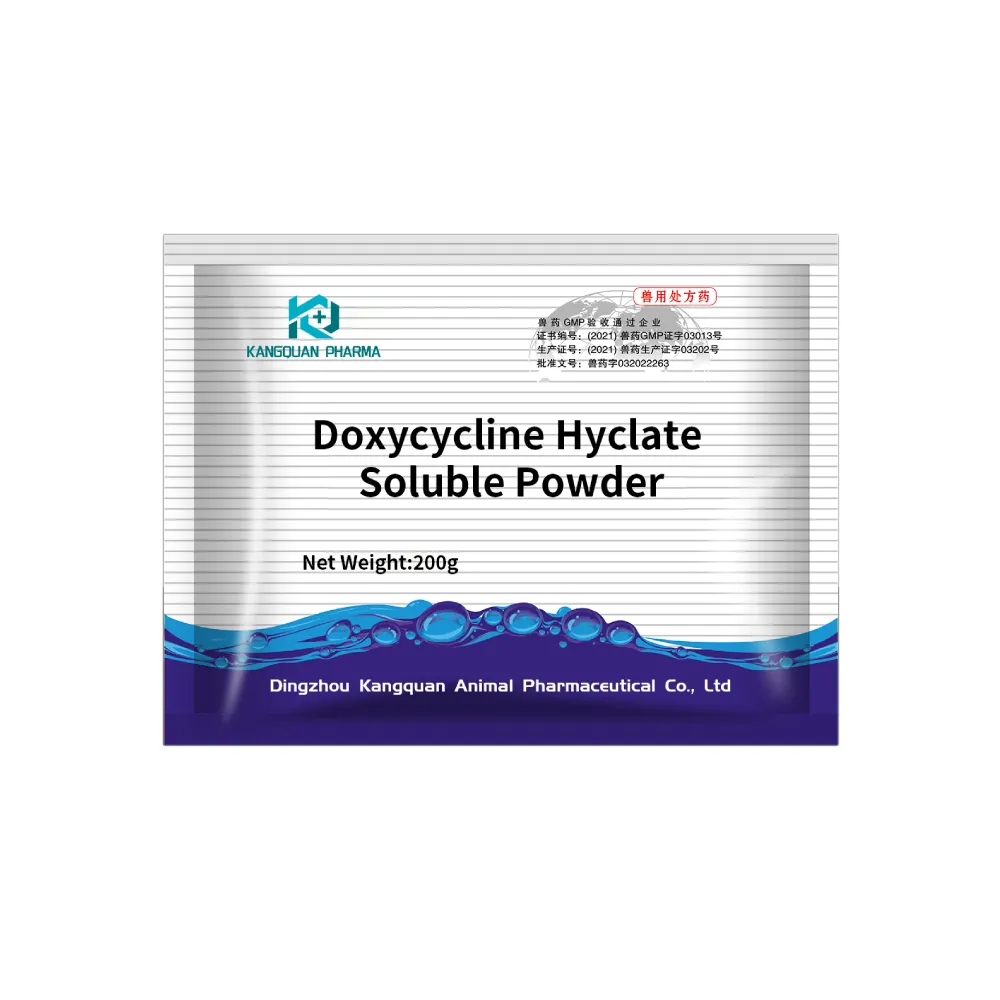- Afrikaans
- Albanian
- Amharic
- Arabic
- Armenian
- Azerbaijani
- Basque
- Belarusian
- Bengali
- Bosnian
- Bulgarian
- Catalan
- Cebuano
- Corsican
- Croatian
- Czech
- Danish
- Dutch
- English
- Esperanto
- Estonian
- Finnish
- French
- Frisian
- Galician
- Georgian
- German
- Greek
- Gujarati
- Haitian Creole
- hausa
- hawaiian
- Hebrew
- Hindi
- Miao
- Hungarian
- Icelandic
- igbo
- Indonesian
- irish
- Italian
- Japanese
- Javanese
- Kannada
- kazakh
- Khmer
- Rwandese
- Korean
- Kurdish
- Kyrgyz
- Lao
- Latin
- Latvian
- Lithuanian
- Luxembourgish
- Macedonian
- Malgashi
- Malay
- Malayalam
- Maltese
- Maori
- Marathi
- Mongolian
- Myanmar
- Nepali
- Norwegian
- Norwegian
- Occitan
- Pashto
- Persian
- Polish
- Portuguese
- Punjabi
- Romanian
- Russian
- Samoan
- Scottish Gaelic
- Serbian
- Sesotho
- Shona
- Sindhi
- Sinhala
- Slovak
- Slovenian
- Somali
- Spanish
- Sundanese
- Swahili
- Swedish
- Tagalog
- Tajik
- Tamil
- Tatar
- Telugu
- Thai
- Turkish
- Turkmen
- Ukrainian
- Urdu
- Uighur
- Uzbek
- Vietnamese
- Welsh
- Bantu
- Yiddish
- Yoruba
- Zulu
7 月 . 20, 2024 10:22 Back to list
Optimal Dosage Guidelines for Tylan 200 Use in Cattle Health Management Strategies
Tylan 200 Dosage for Cattle An Overview
Tylan 200, also known as Tylosin, is a well-known antibiotic used in veterinary medicine, especially in the treatment of livestock such as cattle. It belongs to the macrolide class of antibiotics and is effective against a variety of bacterial infections. Understanding the proper dosage and administration of Tylan 200 for cattle is essential for ensuring the health of the animals and the efficacy of the treatment.
Indications
Tylan 200 is primarily used to treat respiratory infections, liver abscesses, and enteritis in cattle. It is particularly effective against bacteria such as *Histophilus somni*, *Mannheimia hemolytica*, and *Mycoplasma bovis*, which are common culprits in bovine respiratory disease complex (BRDC). Furthermore, it can be administered to prevent feedlot-associated diseases by promoting growth and improving feed efficiency.
Dosage Recommendations
The dosage of Tylan 200 for cattle can vary based on several factors, including the specific condition being treated, the size and weight of the animal, and the overall health status. Typically, the recommended dosage is around 10 to 20 mg per kilogram of body weight. For practical applications, this can be administered as an intramuscular injection.
For instance, a standard injection protocol consists of administering 1 mL of Tylan 200 per 45 kg (100 lb) of body weight. In most cases, treatment should be repeated every 24 hours for three to five days, or as directed by a veterinarian. It is essential to follow the dosage recommendations closely to avoid underdosing, which may lead to treatment failure, or overdosing, which can result in adverse effects.
tylan 200 dosage for cattle

Administration
When administering Tylan 200, proper injection technique is crucial. The recommended route is intramuscular, typically in the neck muscle to reduce the risk of developing abscesses in meat animals. Care should be taken to sterilize the injection site and use needles that are appropriate for the size of the animal.
It is advisable to observe the cattle for any signs of adverse reactions after administration. Side effects, while rare, may include localized swelling at the injection site, allergic reactions, or gastrointestinal disturbances. If any severe reactions occur, it is imperative to contact a veterinarian immediately.
Withdrawal Period
As with all veterinary medications, compliance with the withdrawal period is critical. The withdrawal time refers to the minimum time that must pass between the last treatment and when the animal can safely enter the food supply. For Tylan 200, the withdrawal period for beef cattle is typically 21 days. This means that cattle treated with Tylan 200 should not be slaughtered for meat until this time has elapsed to ensure that antibiotic residues are eliminated from the animal's system.
Conclusion
Tylan 200 can be a valuable tool in the management of cattle health, particularly in preventing and treating bacterial infections. Understanding the appropriate dosage, administration method, and withdrawal periods is essential for livestock producers and veterinary practitioners alike. Always consult with a veterinarian before beginning treatment to ensure that Tylan 200 is the right choice for your cattle and that you adhere to the latest guidelines for its use. This approach not only promotes animal welfare but also safeguards food safety and public health.
-
The Power of Radix Isatidis Extract for Your Health and Wellness
NewsOct.29,2024
-
Neomycin Sulfate Soluble Powder: A Versatile Solution for Pet Health
NewsOct.29,2024
-
Lincomycin Hydrochloride Soluble Powder – The Essential Solution
NewsOct.29,2024
-
Garamycin Gentamicin Sulfate for Effective Infection Control
NewsOct.29,2024
-
Doxycycline Hyclate Soluble Powder: Your Antibiotic Needs
NewsOct.29,2024
-
Tilmicosin Premix: The Ultimate Solution for Poultry Health
NewsOct.29,2024













